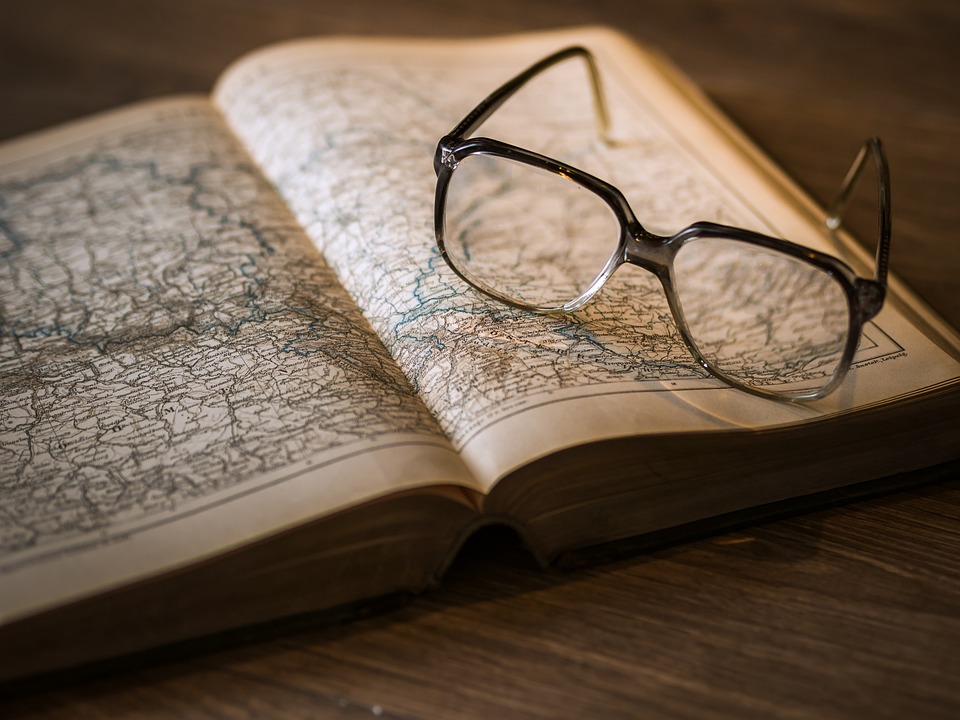The Renaissance in Alba Spain: Art, Architecture, and Academia
Introduction
The Renaissance was a period of cultural rebirth that took place in Europe during the 14th to 17th centuries. One of the most prominent regions where the Renaissance had a significant impact was in Alba Spain. The city of Alba was a hub of artistic, architectural, and academic innovation during this time, with creative minds producing some of the most influential works of the period.
Art
The Renaissance in Alba Spain brought about a flourishing of artistic expression, with painters, sculptors, and architects creating some of the most iconic works of the period. One of the most well-known artists from Alba was Diego Velazquez, whose intricate and realistic portraits captured the essence of the time. His works, such as “Las Meninas” and “The Surrender of Breda,” showcased his mastery of light, shadow, and perspective. Velazquez’s paintings are still revered today for their technical skill and emotional depth.
In addition to Velazquez, Alba was home to a number of other talented artists, including Bartolome Esteban Murillo and Francisco Zurbaran. Murillo was known for his religious paintings that often depicted scenes from the Bible with a sense of emotion and spirituality. Zurbaran, on the other hand, was famous for his dramatic and detailed still life paintings that emphasized the beauty of everyday objects.
The artistic output of Alba during the Renaissance was not limited to painting. The city was also home to a number of talented sculptors, such as Juan Martinez Montanes and Pedro Roldan. These artists created intricate sculptures that adorned churches and public spaces throughout the city, showcasing their skill in bringing stone and wood to life.
Architecture
The Renaissance in Alba Spain also saw a boom in architectural innovation, with architects creating buildings that combined elements of classical Roman design with new techniques and materials. One of the most iconic buildings from this period is the Alba Cathedral, a stunning example of Gothic and Renaissance architecture. The cathedral’s intricate facade and towering spires are a testament to the skill and creativity of the architects who designed it.
In addition to the cathedral, Alba was home to a number of palaces and public buildings that showcased the city’s wealth and power. One such building is the Alcazar of Alba, a grand fortress that served as the residence of the city’s rulers. The Alcazar’s imposing walls and intricate courtyards are a reminder of the city’s rich history and political significance.
The Renaissance also saw a rise in the popularity of urban planning, with architects designing new neighborhoods and public spaces that emphasized beauty and functionality. The Plaza Mayor in Alba, for example, was redesigned during this period to become a central hub for markets, festivals, and public gatherings. The square’s symmetrical layout and elegant arcades are a reflection of the Renaissance ideals of order and harmony.
Academia
The Renaissance in Alba Spain was not only a time of artistic and architectural innovation, but also a period of intellectual and academic growth. The city was home to a number of prestigious universities and academies that attracted scholars and thinkers from across Europe.
One of the most renowned institutions in Alba was the University of Alba, which was founded in the 15th century and quickly became a center of learning and research. The university’s faculty included some of the most prominent scholars of the time, such as Juan Luis Vives and Antonio de Nebrija, who made significant contributions to fields such as philosophy, science, and literature.
In addition to the University of Alba, the city was also home to a number of academies and cultural institutions that sought to promote the arts and sciences. The Academy of Alba, for example, was a gathering place for artists, writers, and intellectuals to exchange ideas and collaborate on projects. The academy’s members included some of the most famous figures of the Renaissance, such as Velazquez, Murillo, and Zurbaran.
Overall, the Renaissance in Alba Spain was a period of incredible creativity and innovation, with artists, architects, and scholars coming together to create some of the most significant works of the period. The city’s rich cultural heritage and intellectual legacy continue to inspire and influence artists and thinkers to this day.
